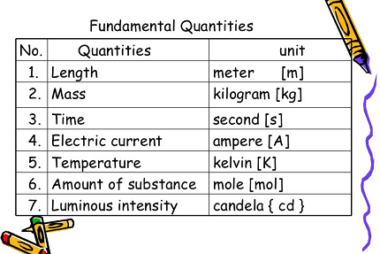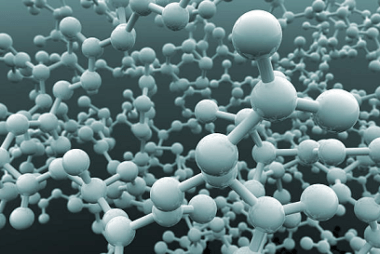Effect of Detergents
Detergents are cleaning agents that are commonly used in households and industries for cleaning purposes. They have both positive and negative effects, depending on their use and concentration. Some of the effects of detergents are: In summary, detergents are effective cleaning agents, but their use and disposal should be done with care to avoid negative…









